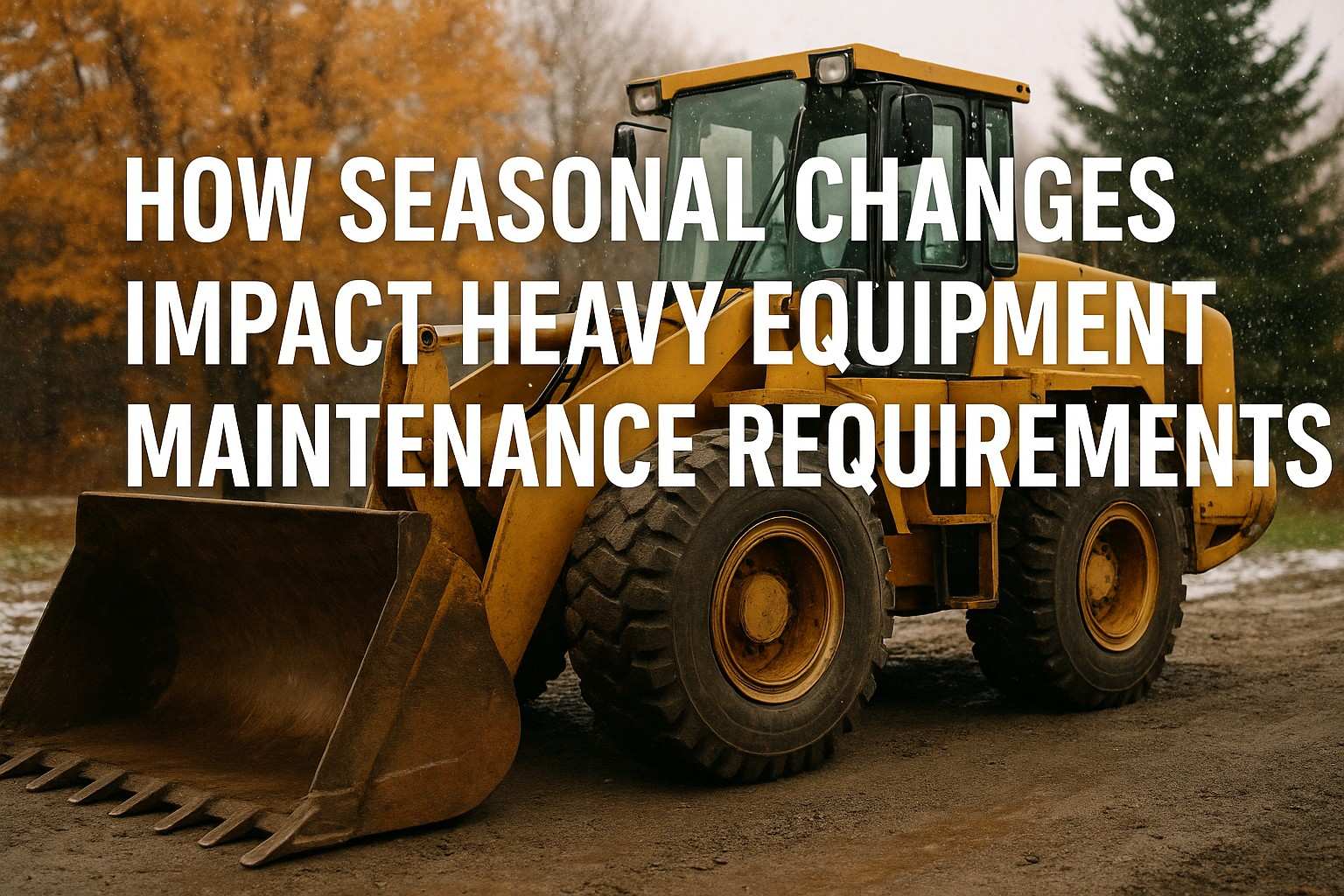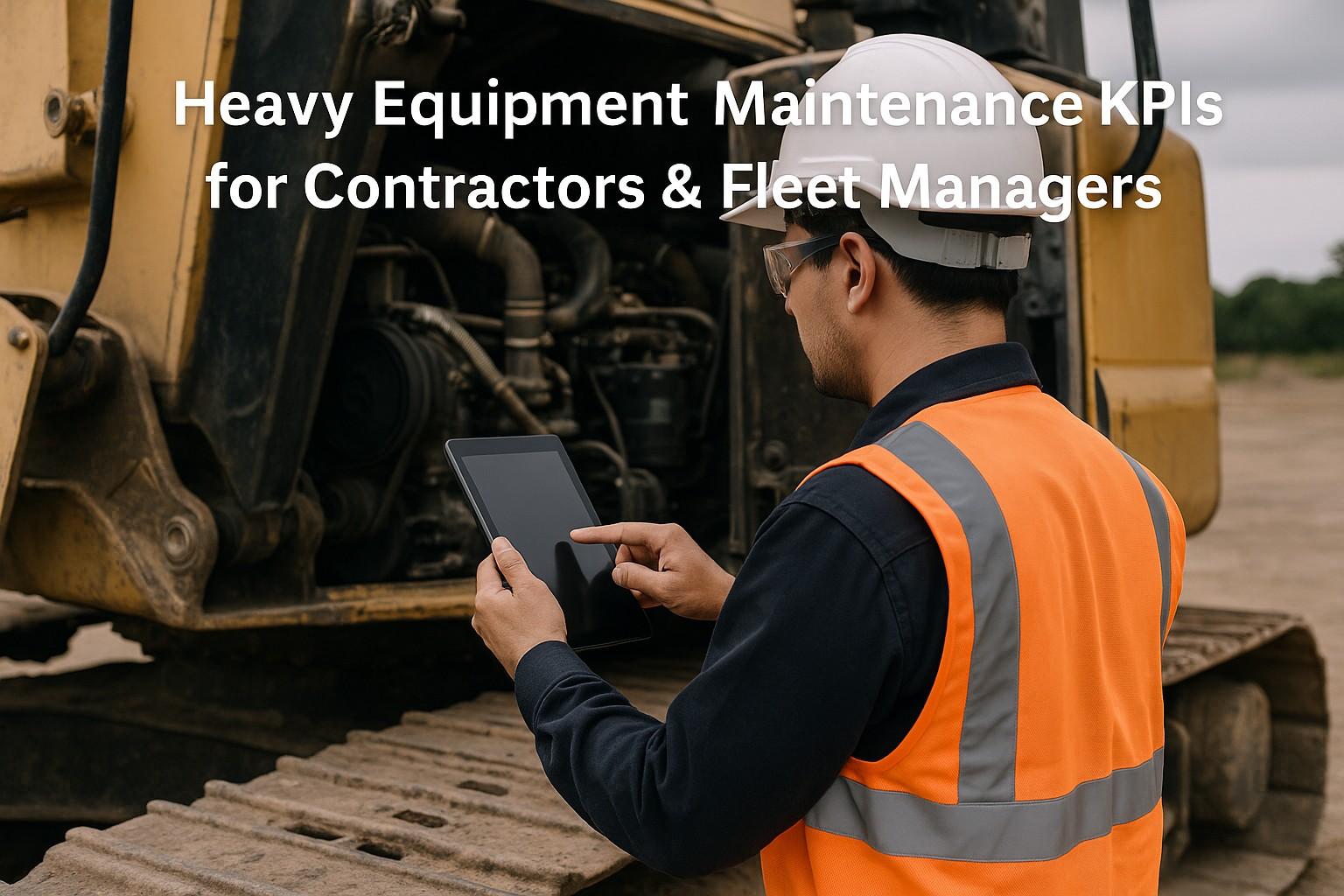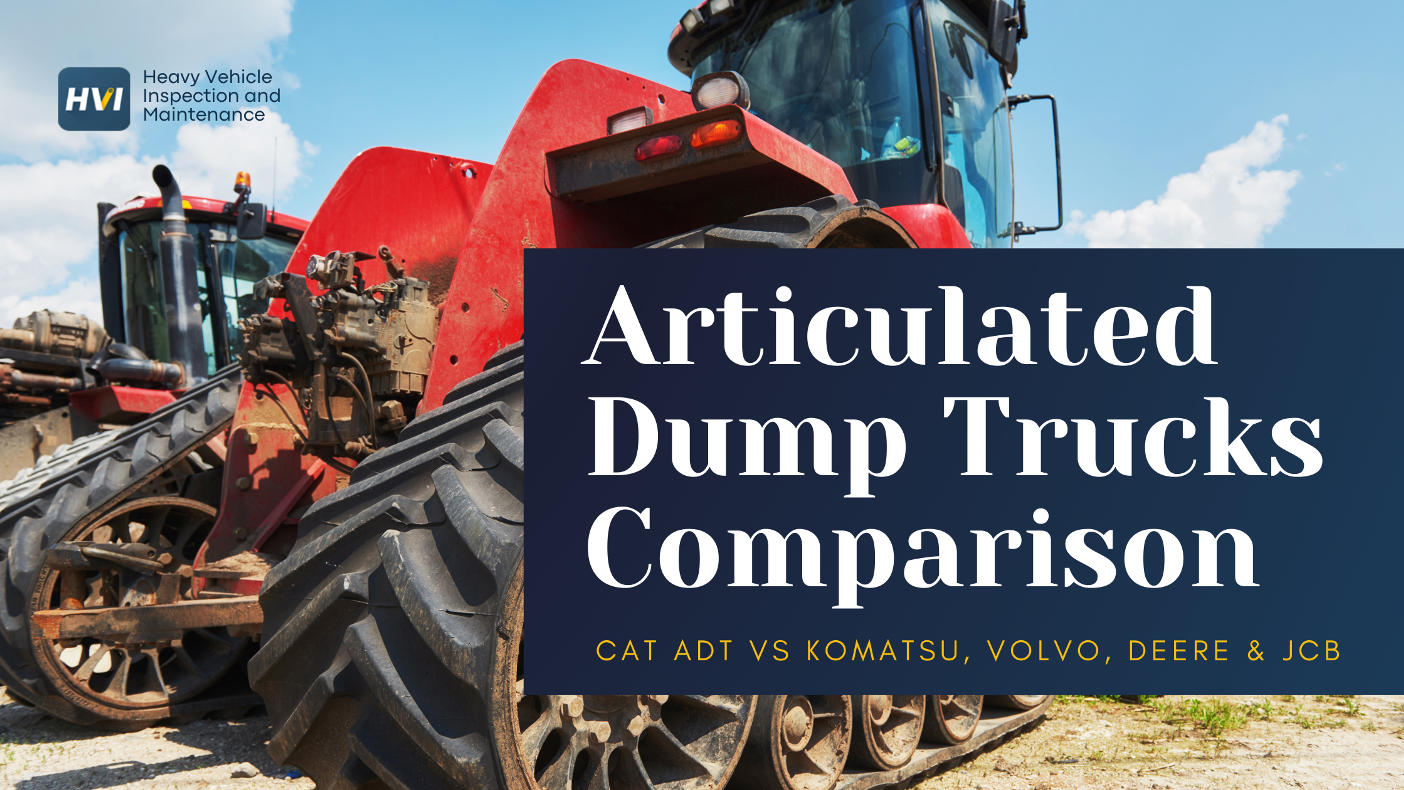In the high-stakes world of construction, the performance of your heavy machinery can determine the success or failure of a project. Picture this: a busy construction site where a critical excavator is moving tons of earth to meet a tight deadline on a multi-million-dollar job. During a routine shift, a small, unnoticed issue—missed during an equipment inspection—escalates into a major breakdown. The machine grinds to a halt, work stops, safety risks spike, and emergency repairs drain thousands from the budget. The ripple effect? Delayed timelines, frustrated clients, and a hit to your reputation.
This isn't just a hypothetical—it's a reality many contractors face. The good news? A thorough heavy equipment inspection checklist can prevent these disasters, keeping your machines reliable and your team safe. In this guide, we'll break down a comprehensive inspection checklist for 2025, inspired by insights from Heavy Vehicle Inspection (HVI), to help you avoid costly setbacks and maintain peak performance.

Why Heavy Equipment Inspections Matter
For safety and equipment managers, regular inspections are a must. A solid checklist doesn't just protect your crew—it shields your business from downtime, regulatory fines, and legal headaches. Proactive inspections catch issues early, reducing the risk of accidents tied to common equipment failures like:
- Hydraulic leaks causing erratic machine movements
- Brake or steering issues leading to crashes
- Overheating engines triggering structural damage
By sticking to a consistent inspection routine, you minimize these hazards, boost efficiency, and keep projects on track. The catch? Problems often stay hidden until it's too late—unless you're checking diligently. Start implementing digital inspection tracking to catch issues before they become costly breakdowns.
Building Your Heavy Equipment Inspection Checklist
Start each day with a basic walk-around inspection before firing up your machines. Here's what operators should look for:
- Bolts and Fasteners: Check for anything loose or missing.
- Tires, Tracks, and Wheels: Inspect for wear, damage, or low pressure.
- Undercarriage: Ensure it's clear of debris or blockages.
- Structural Integrity: Look for cracks or damage on counterweights and frames.
- Fluid Levels: Verify engine oil, coolant, hydraulic fluid, and brake fluid—watch for leaks too.
- Fuel: Confirm the tank is ready for a full shift.
This quick daily sweep can flag small issues—like low fluids—before they snowball. Operators can report them to the shop, halting unsafe use and speeding up fixes. See how digital checklists streamline daily inspections and maintenance workflows.
Digitize Checklists for Faster, Safer Inspections
Use HVI APP to customize templates by equipment type, capture photos & signatures, auto-create work orders, and keep an audit-ready trail.
No credit card required • Set up in minutes • Cancel anytime
Safety Features to Inspect
Beyond the basics, your checklist should cover critical safety components to meet compliance and protect your team. Here's what to include:
- Emergency Stops/Kill Switches: Test these first—they're your lifeline in a crisis.
- Horns, Lights, and Alarms: Verify horns blare, warning lights flash, and back-up alarms sound off. (Pro tip: Honk before moving—it's often a legal must.)
- Fluid Warning Lights: Ensure they're operational to alert operators to leaks or low levels.
- Seatbelts and Harnesses: Check functionality and expiration dates—yes, seatbelts expire, typically every two years.
- Fire Extinguishers: Confirm they're charged and in date, especially since equipment faces harsh outdoor conditions.
- Mirrors and Cameras: Make sure mirrors are intact and cameras are clear, positioned for full visibility.
- Brakes, Steering, and Transmission: Test brakes for stopping power, steering for responsiveness, and gear shifts for smoothness.
- Hydraulics and Lifting Systems: Inspect hoses, fittings, and lift arms for cracks or pressure issues.
These checks ensure your equipment isn't just operational but safe for everyone on site. Track safety compliance across your entire equipment fleet with automated inspection reminders.
Best Practices for Effective Inspections
A checklist is only as good as its execution. Here's how to make it work:
- Go Digital: Swap paper for apps like Heavy Vehicle Inspection (HVI). Digital forms streamline record-keeping, improve field-to-shop communication, and store data for audits. Request a demo to see how digital inspections work in real-time.
- Standardize Processes: Ensure every operator uses the same checklist and schedule for consistency.
- Enforce Accountability: Hold teams responsible for completing inspections and reporting issues promptly.
The Power of Digitization
Paper inspections are still common, but they're slow and prone to loss. Tools like HVI, available at heavyvehicleinspection.com, take inspections to the next level. Operators can log checks on their phones, attach notes or photos, and flag failures—triggering instant maintenance requests. Mechanics resolve issues and update the system, all without a single call. This closed-loop process keeps everyone in sync, cuts downtime, and preserves records for compliance or incident reviews. Start your free trial to experience the power of digitized inspections.
Setting Inspection Schedules
Consistency is key. Here's a suggested cadence:
- Daily: Operators do a pre-shift walk-around to catch immediate concerns.
- Weekly: Supervisors dive deeper, inspecting all components thoroughly.
- Monthly: Technicians perform detailed checks, often with diagnostic tools.
With a digital tool like HVI, you can set reminders and assign tasks so nothing slips through the cracks. Learn how to automate inspection schedules and reminders for your fleet.
Preventing Operator Negligence
Digitized inspections also tackle accountability. HVI flags missed checks, notifying managers instantly to address patterns of neglect. QR codes on equipment simplify the process—operators scan, inspect, and go—no excuses. Random audits and clear expectations reinforce the system, ensuring safety stays top priority. Implement QR code inspections and accountability tracking for your equipment.
What's the Bottom Line?
For operators, it's about getting home safe. For businesses, it's about compliance, uptime, and project success. A heavy equipment inspection checklist is essential—but digitizing it with a solution like Heavy Vehicle Inspection ties it all together. It connects your team, speeds up repairs, and keeps your fleet humming.
Ready to modernize your inspections in 2025? Visit heavyvehicleinspection.com to explore how HVI's custom inspection tools can transform your workflow. Let's keep your equipment—and your projects—on solid ground. Schedule a personalized demo today.
Top 5 Most Searchable FAQs
What should be included in a heavy equipment inspection checklist for 2025?
A 2025 heavy equipment inspection checklist should cover daily walk-around checks (e.g., bolts, tires, fluid levels, leaks), safety features (e.g., emergency stops, horns, seatbelts, fire extinguishers), and operational components (e.g., brakes, steering, hydraulics). It should also align with OSHA standards and incorporate digital tools like Heavy Vehicle Inspection (HVI) software for real-time tracking and compliance. Get started with customizable digital inspection checklists.
How often should heavy equipment be inspected to ensure safety and compliance?
Heavy equipment should undergo daily pre-shift inspections by operators, weekly checks by supervisors for deeper assessments, and monthly inspections by technicians for detailed maintenance. Schedules can be customized using digital platforms like HVI, which send alerts to ensure consistency and meet 2025 safety regulations. See how automated scheduling ensures no inspection is missed.
Why is digitizing heavy equipment inspections important in 2025?
Digitizing inspections in 2025 enhances efficiency by replacing paper with mobile apps like HVI, enabling real-time data sharing, automatic maintenance requests, and secure record storage. It reduces errors, ensures compliance during audits, and helps teams respond faster to issues, minimizing downtime on construction sites. Start digitizing your inspections today with a free trial.
What are the most common safety hazards with heavy equipment, and how can inspections prevent them?
Common hazards include hydraulic failures, brake malfunctions, and overheating engines, which can lead to accidents or breakdowns. Regular inspections—checking fluid levels, testing brakes, and verifying safety features like alarms—catch these issues early, preventing costly repairs and ensuring worker safety in 2025.
How can construction companies stay OSHA-compliant with equipment inspections in 2025?
To stay OSHA-compliant, companies should use a standardized checklist, conduct inspections before each use, and maintain digital records via tools like HVI. Training operators, scheduling regular maintenance, and addressing issues promptly also help meet 2025 OSHA requirements and avoid penalties. Book a consultation to learn how HVI ensures OSHA compliance.
Build a Bulletproof Heavy Equipment Inspection Checklist
Cover daily walk-arounds, safety gear, hydraulics, brakes, fluids, and documentation—so issues are caught early and crews stay safe.
No credit card required • Set up in minutes • Cancel anytime




